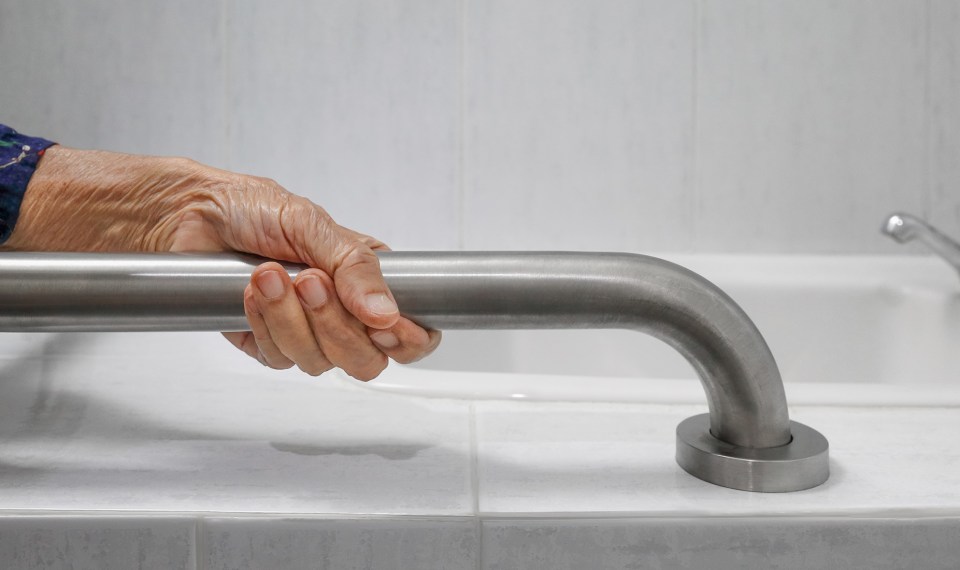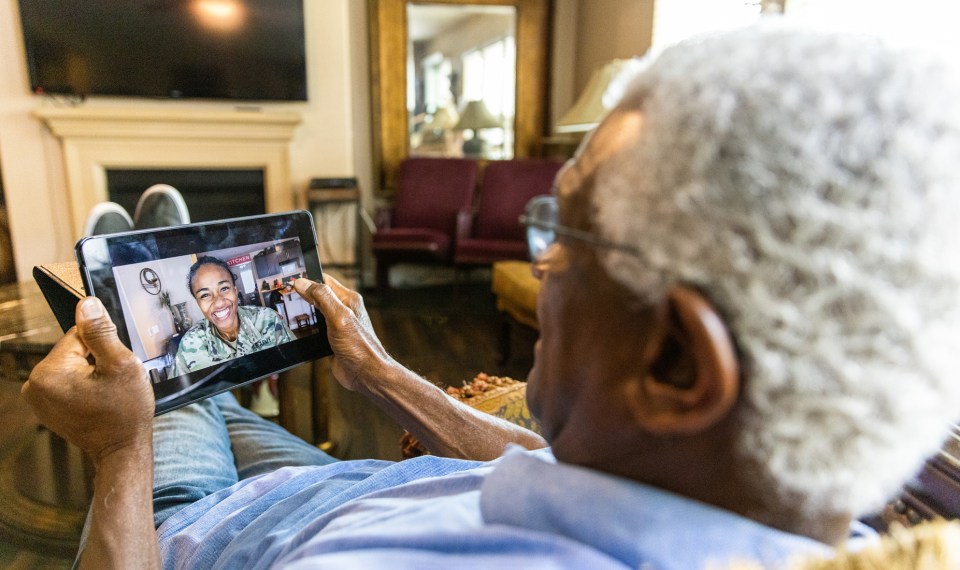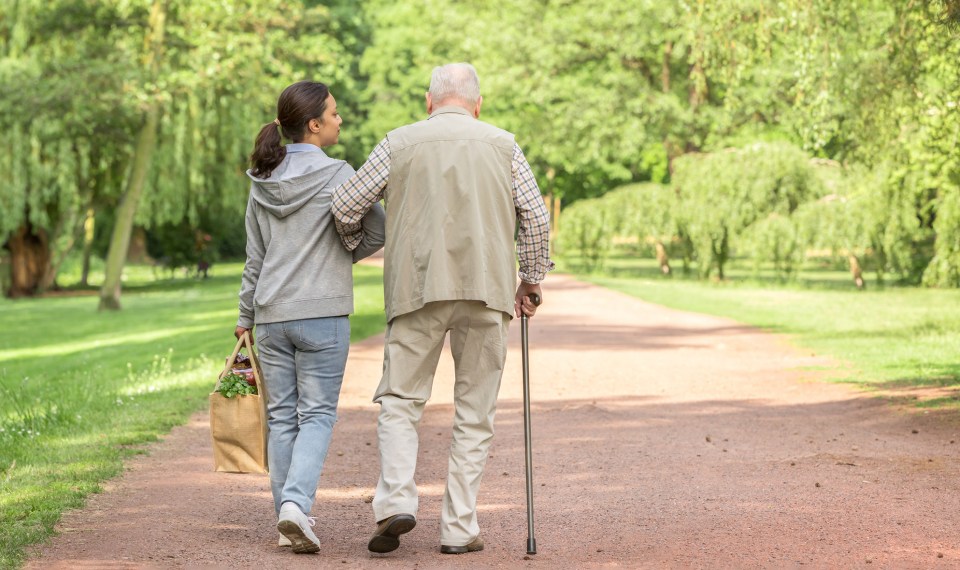If you are planning to age in place, you want your home to be a safe, comfortable dwelling that you can enjoy into your golden years. Bathroom safety may not be a topic you’ve spent much time thinking about, but over 234,000 nonfatal injuries occur in the bathroom each year. Of these, 80 percent are due to slips and falls. Addressing common bathroom hazards and challenges is especially important as you age.
Toilet Safety for Seniors
A report from the Centers for Disease Control and Prevention (CDC) revealed that over 14 percent of bathroom injuries happen when using the toilet. The CDC suggests some toilet injuries occurring in those over 65 may be due to vasovagal syncope. This condition occurs when heart rate and blood pressure suddenly drop, causing fainting. While safety measures may not prevent all toilet injuries, there are steps you can take to increase safety:
- Install an ADA-compliant toilet. Designed to make it easier for seniors or those with disability to get on and off the toilet, ADA-compliant toilets should be 17-19 inches high. If replacing your toilet is not an option, consider installing a raised toilet seat that clips on top of the existing one to raise the height. Consider one with armrests or use a commode frame that sits over the toilet and has armrests to aid in sitting and standing.
- Mount a grab bar near the toilet. Be sure to use an approved grab bar—not a towel bar—and have it properly installed in a wall stud. Grab bars are ideally positioned horizontally on one or both sides of the toilet. Grab bars may also be placed vertically at a predetermined height or over the toilet tank.
- Remove rugs from around the toilet. Loose rugs are a tripping hazard. If you choose not to remove the rugs, at least replace them with rubber-backed, slip-proof ones.
Senior-Friendly Sink and Vanity
It is not always possible to completely renovate a bathroom with all the bells and whistles, but a few adjustments can make a big difference in safety and convenience. If it is in the budget, consider replacing the bathroom vanity with one that is more user-friendly. Look for one with the following features.
- Opt for pull out drawers. Drawers are easier to open than cabinet doors and they make items more accessible. Look for a vanity with plenty of storage space or add open shelving to make it easier to grab everyday items.
- If you require a wheelchair, look for a wall mount sink or a vanity with a knee space that allows you to wheel up to the sink. Keep in mind, to be ADA compliant, sink height should be no higher than 34 inches at the highest point, and the distance from the bottom of the sink to the floor should be a minimum of 27 inches. Be sure to allow room in front of the sink to navigate a wheelchair up to it. A minimum of 48 inches is recommended.
- Install a single lever faucet, which is easy-to-use and readily available in a variety of styles.
- Maximize counter space if room allows. This makes it possible to keep everyday items close at hand and easily accessible.
Tub Safety for Elderly Users
The most common bathroom injuries—over 37 percent—occur in the shower or tub. Improving safety features in these areas is vitally important.
- If your bathroom currently has a tub, install grab bars inside and outside the tub space. Most falls occur when stepping over the tub, so installing a straight grab bar between 24 and 36 inches in length at the entry point is a good idea. A second bar positioned horizontally approximately 25 inches over the tub floor on the side wall will help you stand to exit the tub. Proper installation is important and is best left to the professionals. If you decide to install grab bars yourself, be sure to follow instructions precisely.
- Place non-slip mats inside and outside the tub.
- If mobility is an issue, consider purchasing a bath bench that extends over the tub and allows easy access in and out.
- Install a handheld showerhead. This allows more control over water flow and can be used in a seated position.
Shower Safety
Showers are often preferable over tubs because they allow easier access in and out, but they can still pose hazards for elderly adults. Slippery surfaces, trip hazards and even hot water burns are just a few of the issues that need to be mitigated. With some minor modifications, your shower can be a safer, more pleasant environment.
- A curbless shower offers a seamless flow with no curb to step over. Most showers have a small curb users must step over to enter and exit. Even a small step poses a hazard, particularly if you are elderly or have limited mobility. A curbless shower has a sloped floor extending from the entry to the opposite wall to allow for drainage.
- There are several slip-resistant shower tile options for shower flooring. If new tile isn’t an option, an inexpensive non-slip mat also works, as well.
- Shower grab bars are also a must have. These can be installed horizontally, vertically or diagonally. One bar should be vertically placed immediately inside the shower entrance for help in entering and exiting. A second grab bar can be positioned horizontally on the opposite shower wall at a height of 33-36 inches above the shower floor. A third bar on the wall by the faucet gives the user a place to hold onto while standing.
- Shower seats make it possible for seniors to sit while showering. Options include freestanding shower chairs or benches and wall-mounted, fold-down seats.
- Anti-scald shower valves prevent the risk of burns in elderly people who have slower reaction times and decreased mobility. Anti-scald valves prevent dangerously hot water and temperature fluctuation.
Bathroom Safety for Seniors
Making your bathroom safer and more functional is the best way to prevent accidents. Look at the entire room with a critical eye, and tackle areas that could stand improvement.
- Motion-activated night lights help seniors navigate dark areas before hitting the light switch. Installing them along the path to the bathroom as well as near the entry point can help prevent stumbles and falls.
- Slip-resistant bathroom flooring is a must-have. Natural stone, vinyl, bamboo and cork are good options. If you choose to go with porcelain or ceramic tile, look for tiles that have a high R-rating. The higher the rating, the more slip resistant. Also, avoid busy patterns that can interfere with depth perception or cause dizziness.
- Consider installing a medic alert button in the bathroom. While wearable devices are great, you may not always have it with you. Look for a device that fits your budget and needs. It’s a good idea to install the button close enough to the ground to be reached in case of a fall, but high enough to be accessed when standing. And be sure to look for a device that is water resistant.
Whether you are renovating or simply adding safety features to your existing bath, there are many options that are aesthetically pleasing and fit into various design styles. With the aging population, manufacturers are stepping up to the demand for attractive safety accessories. There is no longer a need to trade function for beauty when it comes to bath safety.
The content of this site is for informational purposes only and should not be taken as professional medical advice. Always seek the advice of your physician or other qualified healthcare provider with any questions you may have regarding any medical conditions or treatments.



